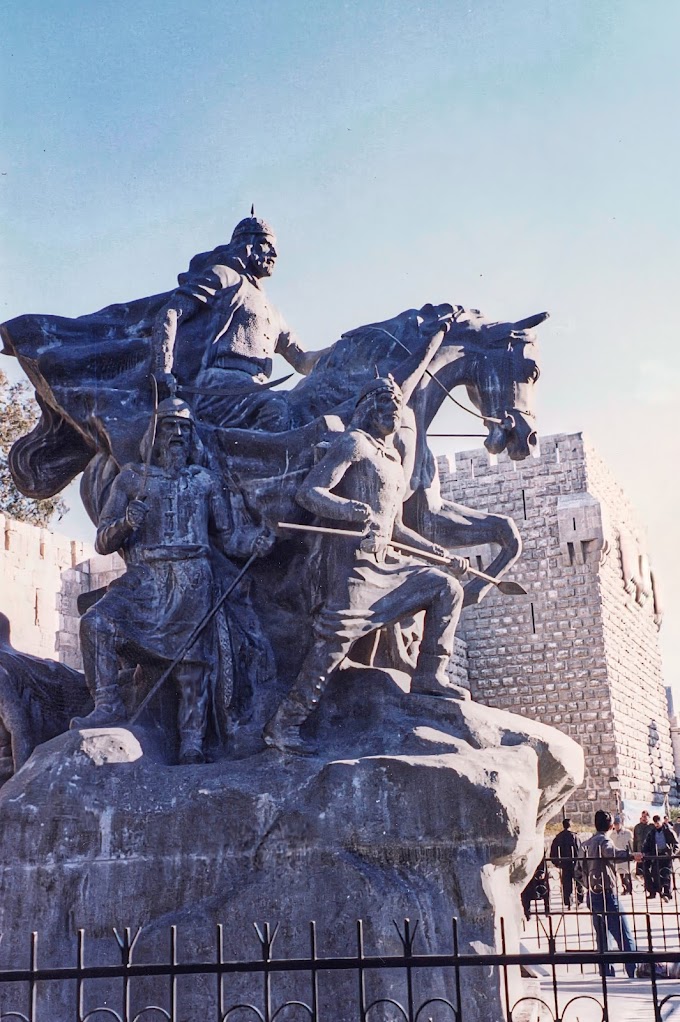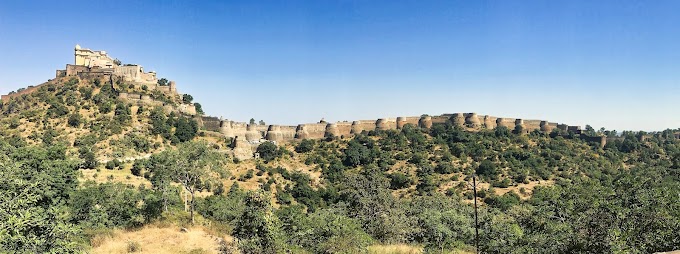 |
| Ranthambore |
Ranthambore Fort, a UNESCO World Heritage Site, is a significant historical and architectural marvel located within Ranthambore National Park in Rajasthan, India. The fort was established in the mid-10th century by Rajput King Sapaldaksha of the Chauhan Dynasty, primarily for strategic defense purposes. Its location atop a 700-foot hill provided a commanding view of the surrounding landscape, making it a coveted stronghold throughout history[1][2].
Over the centuries, Ranthambore Fort changed hands multiple times among various rulers, including the Mamluks and the Mughals. Notably, it was captured by Alauddin Khilji in 1301 after several attempts, marking the decline of the Chauhan rule[3]. The fort features impressive architecture that showcases a blend of Rajput and Mughal styles, characterized by intricately carved temples, palaces, and seven grand gates known as "pols"—each with its own unique design[2][4].
Today, visitors can explore remnants like Bada Mahal and Hammir Court, while also enjoying panoramic views of the national park. The fort is not only a testament to Rajasthan's rich history but also serves as a popular pilgrimage site due to its Ganesha Temple, attracting devotees from across India[1][5].
Citations:
[1] https://www.anantahotels.com/the-baagh-ananta-elite-ranthambore/blog/a-dive-into-the-history-of-ranthambore-fort.html
[2] https://www.ranthamborenationalpark.com/ranthambore-fort.html
[3] https://www.junglecaveranthambore.com/ranthambore-fort.html
[4] https://ranthambhorenationalpark.in/ranthambhore-fort
[5] https://bhawanitimes.com/ranthambore-fort-history-sawai-madhopur/
[6] https://www.ranthamborenationalpark.in/blog/unveiling-the-timeless-legacy-ranthambore-fort/
[7] https://www.ranthamborenationalpark.in/ranthambore-history.html
[8] https://en.wikipedia.org/wiki/Ranthambore_Fort





0 Comments